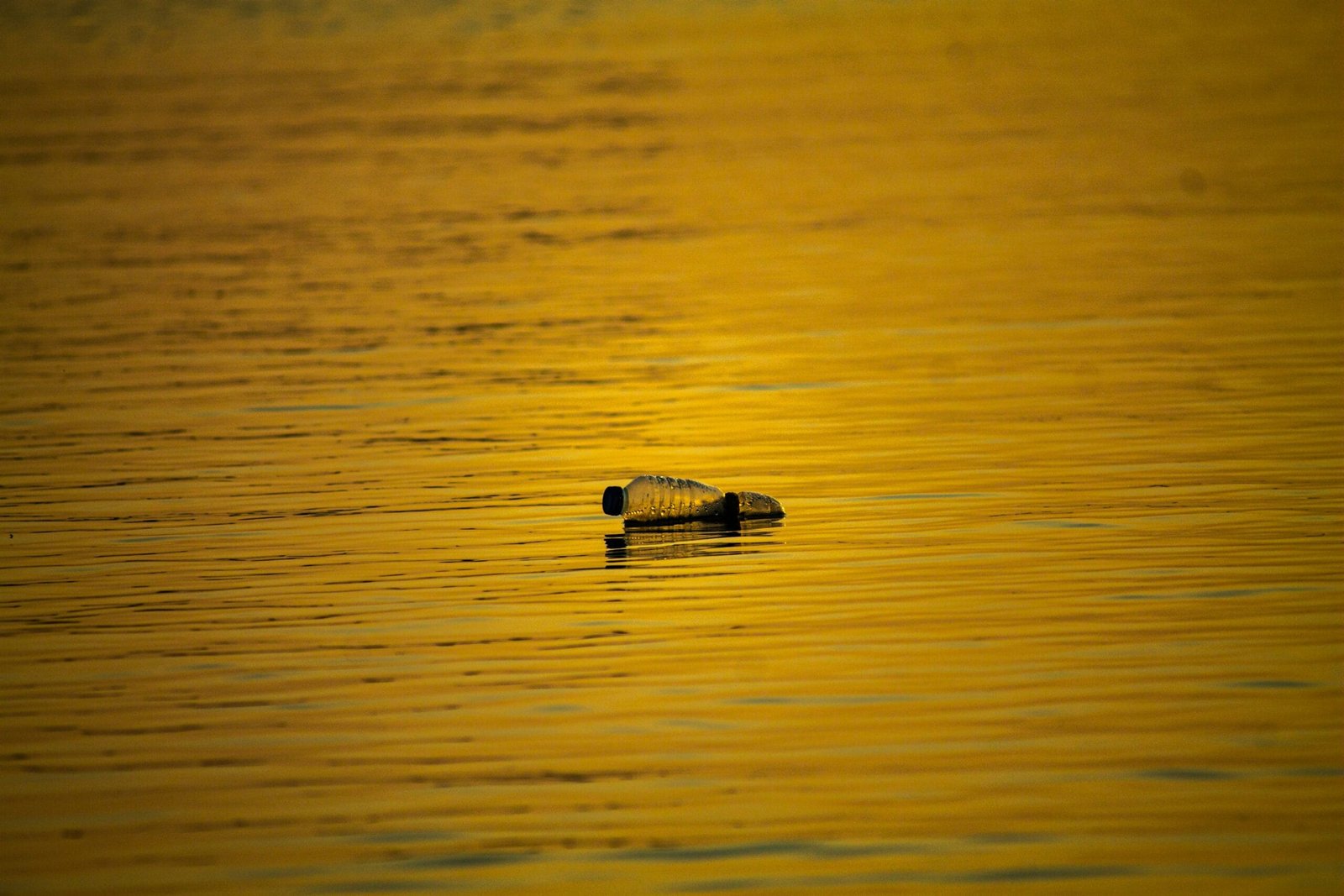Have you ever wondered where you can find reliable case studies on well contamination incidents? It’s a topic that piques the interest of many environmental enthusiasts, researchers, and policy-makers. Such incidents, unfortunately, affect communities worldwide, impacting health, livelihoods, and ecosystems. Exploring real-life examples can provide insights into causes, consequences, and solutions that have been tried and tested. This not only enhances our understanding but also prepares us for tackling similar challenges if they arise. In this article, we’ll venture through various sources and paths to uncover these valuable case studies.

Understanding Well Contamination
Before diving into where you can locate these case studies, it’s essential to grasp what well contamination entails. Groundwater wells become contaminated when hazardous substances seep into the water supply. This can occur due to various reasons ranging from natural causes to human activities. Typical contaminants include chemicals, heavy metals, and biological pathogens.
Causes of Well Contamination
The reasons behind well contamination are numerous and can be categorized primarily into natural causes and human-induced factors.
Natural Causes: These include geological formations that naturally discharge harmful chemicals like arsenic into groundwater.
Human-Induced Factors: Activities such as agricultural runoffs, improper waste disposal, and industrial practices often lead to contamination.
Understanding these causes lays the groundwork for exploring case studies, as many incidents highlight common patterns and prevention techniques.
Why Are Case Studies Important?
Case studies offer comprehensive and contextual insights into specific incidents of well contamination. They provide detailed information on:
- The Nature of the Contaminant: Understanding what substances are involved.
- Origin of Contamination: How the contaminants entered the water supply.
- Impact Assessment: The effect on local populations and ecosystems.
- Response Measures: Steps taken by authorities and communities to address the issue.
- Lessons Learned: Insights that can inform future prevention and remediation strategies.
By analyzing these aspects, one gains a nuanced understanding of well contamination challenges and solutions.
Academic Journals and Publications
One of the most reliable sources for case studies on well contamination is academic journals. These publications typically offer rigorously researched articles, providing in-depth analysis and findings.
Recommended Journals
- Environmental Science & Technology: Offers a wide range of articles on water contamination, including case studies.
- Ground Water Journal: Specifically focuses on groundwater issues and often features real-world case studies.
- Journal of Environmental Management: Explores various environmental topics, offering insights into management strategies.
Accessing these journals might require subscriptions or institutional access, but they often provide some free resources online.
Government and Non-Governmental Organizations
Another substantial source of case studies is reports and publications by government agencies and NGOs. These organizations compile detailed reports based on field research and analysis.
Government Sources
United States Environmental Protection Agency (EPA): The EPA publishes numerous reports and case studies highlighting well contamination incidents across the U.S.
European Environment Agency (EEA): Offers insight into groundwater quality issues in Europe, with several case studies.
Non-Governmental Organizations
World Health Organization (WHO): WHO focuses on water safety and health impacts, featuring various case studies globally.
Natural Resources Defense Council (NRDC): Often highlights environmental justice issues, including water contamination.
These sources provide data-rich insights and are frequently updated as new incidents occur or as ongoing issues develop.

Books and Compendiums
For those who prefer a broader narrative or thematic exploration, books and compendiums can be an excellent choice. Many authors and experts have compiled case studies into cohesive narratives, providing extensive background and analysis.
Noteworthy Books
“Silent Spring” by Rachel Carson: While not solely about well contamination, Carson’s work highlights the broader impacts of environmental pollutants.
“Water 4.0: The Past, Present, and Future of the World’s Most Vital Resource” by David Sedlak: Offers a historical perspective along with modern challenges and solutions.
Books typically aggregate various case studies into comprehensive themes, offering detailed background and contextual exploration beyond what individual reports might provide.
Online Databases and Libraries
In today’s digital age, several online databases and libraries offer access to case studies on a range of environmental issues, including well contamination.
Recommended Databases
Scopus and JSTOR: Provide a wealth of scholarly articles and case studies. While access is often subscription-based, many institutions provide access to their students or members.
ScienceDirect: Another leading full-text scientific database, offering comprehensive access to a multitude of journals and case studies.
Online Libraries
Open Access Theses and Dissertations (OATD): A resourceful platform for accessing research papers and thesis documents relevant to well contamination incidents.
Google Scholar: An excellent starting point for accessing a mixture of free and paid scholarly resources.
Online databases and libraries can be your gateway to an extensive collection of case studies, providing easy search capabilities for specific topics.

Conferences and Symposiums
Attending conferences and symposiums is another way to gain access to a wealth of information on well contamination. These events often feature presentations and discussions on the latest research and case study findings.
Key Conferences
International Groundwater Conference: Focuses on groundwater research, management, and sustainability challenges. Offers access to case studies from around the world.
World Water Week: Though broader in scope, this event frequently addresses water purity and contamination issues.
After-Conference Proceedings
Most conferences publish their proceeding papers, sometimes available for free online. These documents often include detailed descriptions of case studies showcased during events.
Local and Community Projects
Many impactful case studies arise from local and community-driven projects. By focusing on direct experience and on-the-ground activities, these stories offer unique insights into well contamination issues.
Sources for Local Insights
Community Environmental Organizations: Often publish reports and findings based on local pollution studies.
Local Government Reports: City or regional government agencies might offer documentation on incidents specific to their areas.
Community-focused case studies tend to highlight grassroots initiatives and collective community responses, providing practical insights into localized problem-solving.

Utilizing Social Media and Forums
In recent years, social media platforms and online forums have become valuable resources for accessing timely information and case studies.
Social Media Platforms
Twitter and LinkedIn: Researchers and organizations frequently share articles and case studies here.
Facebook Groups: Many environmental organizations maintain groups sharing insights and experiences on well water contamination.
Forums and Discussion Boards
ResearchGate: Where scholars discuss ongoing research, sometimes sharing preliminary case study results.
Reddit: Subreddits focused on environmental science might also spotlight recent case studies and findings.
Online communities are vibrant places to discover lesser-known or cutting-edge case studies, often featuring discussions that provide additional context or critiques of incidents and their responses.
How to Analyze and Apply Case Studies
Finding case studies is only part of the journey. Once you have a collection at your disposal, critically evaluating them and applying the learnings is equally crucial.
Steps for Effective Analysis
- Identify Key Takeaways: Highlight crucial learnings that apply to your area of interest.
- Compare Across Studies: Look for patterns, successes, and failures in different case studies.
- Contextual Relevance: Assess how geographic, political, or societal factors in a study relate to your scenario.
- Developing Strategies: Use insights to inform better strategies for prevention or remediation efforts in your context.
Application in Real-World Scenarios
When applying lessons from case studies, consider local conditions and resources. Adaptation often involves customizing approaches to suit specific socio-economic and environmental factors of a given area.

Conclusion
Finding case studies on well contamination incidents requires exploring a variety of sources, from academic journals and government reports to community projects and online platforms. Each source enriches your understanding of the issue by offering unique perspectives and insights. By analyzing these case studies thoughtfully, you can not only grasp the intricacies of well contamination but also help to forge solutions that protect water resources for future generations. Whether you are a researcher, policy-maker, or an environmentally conscious individual, this knowledge is invaluable for fostering a healthier planet.
